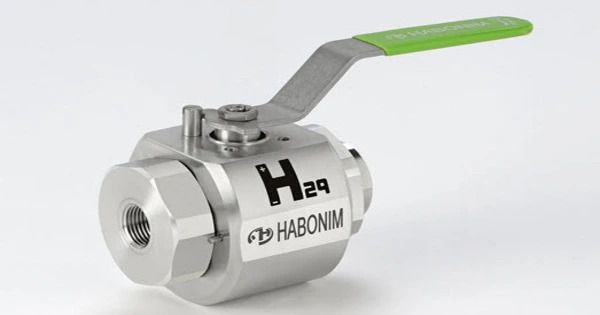A hydrogen valve is a type of valve that is used to store hydrogen at extremely low temperatures or high pressures, such as in hydrogen vehicles. It is a specialty valve used to regulate the flow of hydrogen gas. Given that hydrogen is a highly combustible and explosive gas, the design and materials used in hydrogen valves must fulfill severe safety standards to avoid leaks and potential risks.
Here are some key features and considerations for hydrogen valves:
- Material: Materials used in hydrogen valves are frequently chosen based on their compatibility with hydrogen as well as their resistance to embrittlement and hydrogen-induced cracking. Stainless steel, brass, and various polymers are among the most common materials.
- Sealing: Hydrogen valves require good sealing mechanisms to avoid leaks. O-ring seals or metal-to-metal seals are frequently employed to ensure a tight seal and keep hydrogen from escaping.
- Safety: Hydrogen valves frequently have safety features like pressure relief mechanisms or burst discs to defend against overpressure situations. These safety mechanisms assist in venting excess hydrogen safely and without causing harm or risks.
- Flow Control: Hydrogen valves are designed to provide precise control over the flow rate of hydrogen gas. This is essential for various applications where accurate flow control is necessary, such as fuel cells, hydrogen storage, and hydrogenation processes.
- Compatibility: Hydrogen valves must be compatible with the specific application and the purity level of hydrogen gas being used. Different applications may require different types of valves, such as on/off valves, control valves, or relief valves.
Types
High-pressure ball valves up to 6000 psig (413 bar) at 250 degrees F (121 degrees C) and flow coefficients from 4.0 to 13.8. Valves used in industrial hydrogen and oxygen applications, such as petrochemical processes, are often made of inconel.
Maintenance
Regular maintenance and inspection are crucial for ensuring the proper functioning of hydrogen valves. This includes checking for signs of wear, corrosion, or damage, and replacing any worn or damaged parts as needed.
Standards and Regulations
Hydrogen valves must meet industry standards and regulations to assure their safety and dependability. This could include standards established by organizations like the American Society of Mechanical Engineers (ASME) or the International Organization for Standardization (ISO).
Overall, hydrogen valves are crucial to the safe and effective handling of hydrogen gas in a variety of commercial and research applications. Hydrogen valves must be properly selected, installed, and maintained to ensure their safety and function.
















